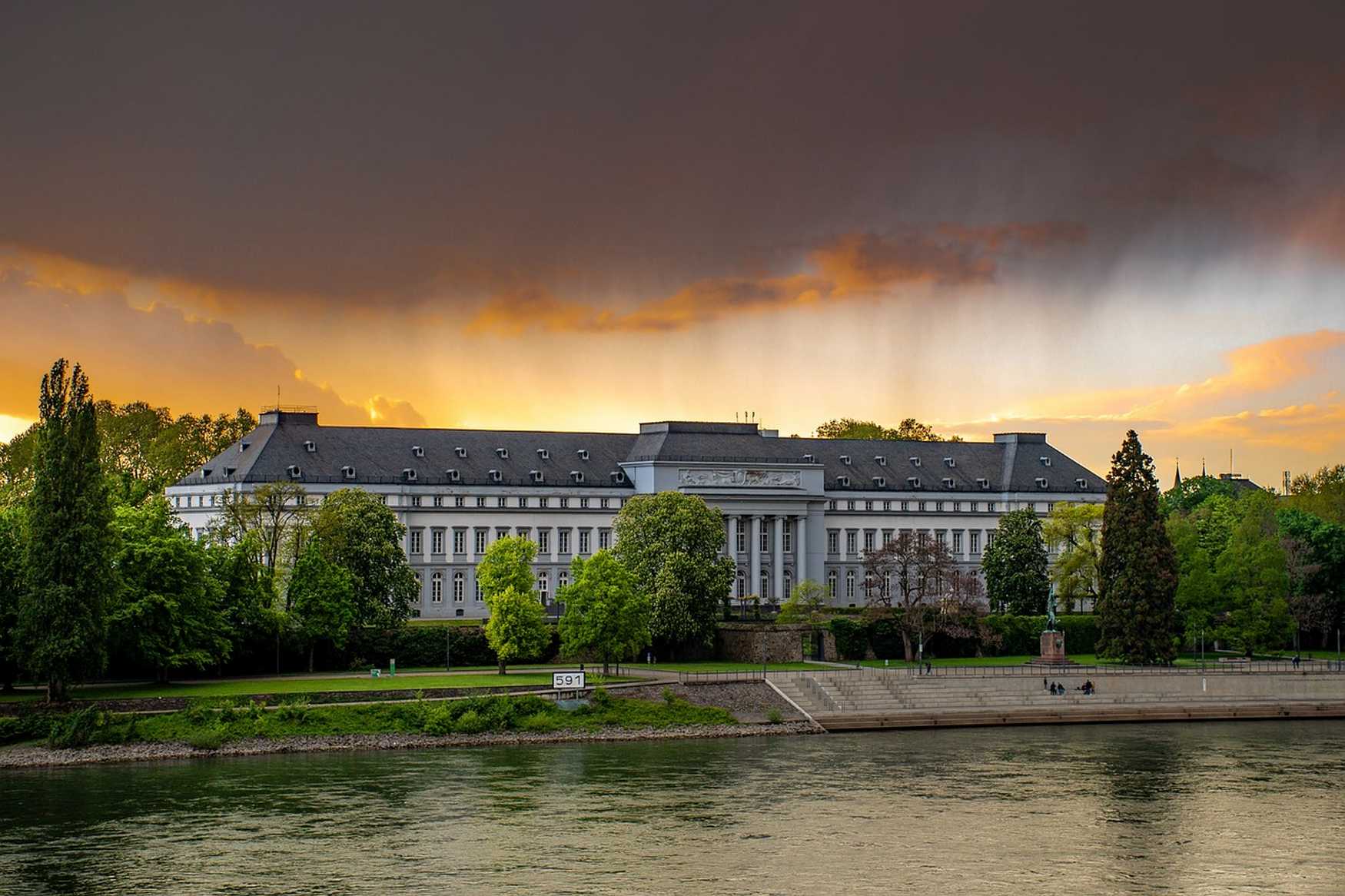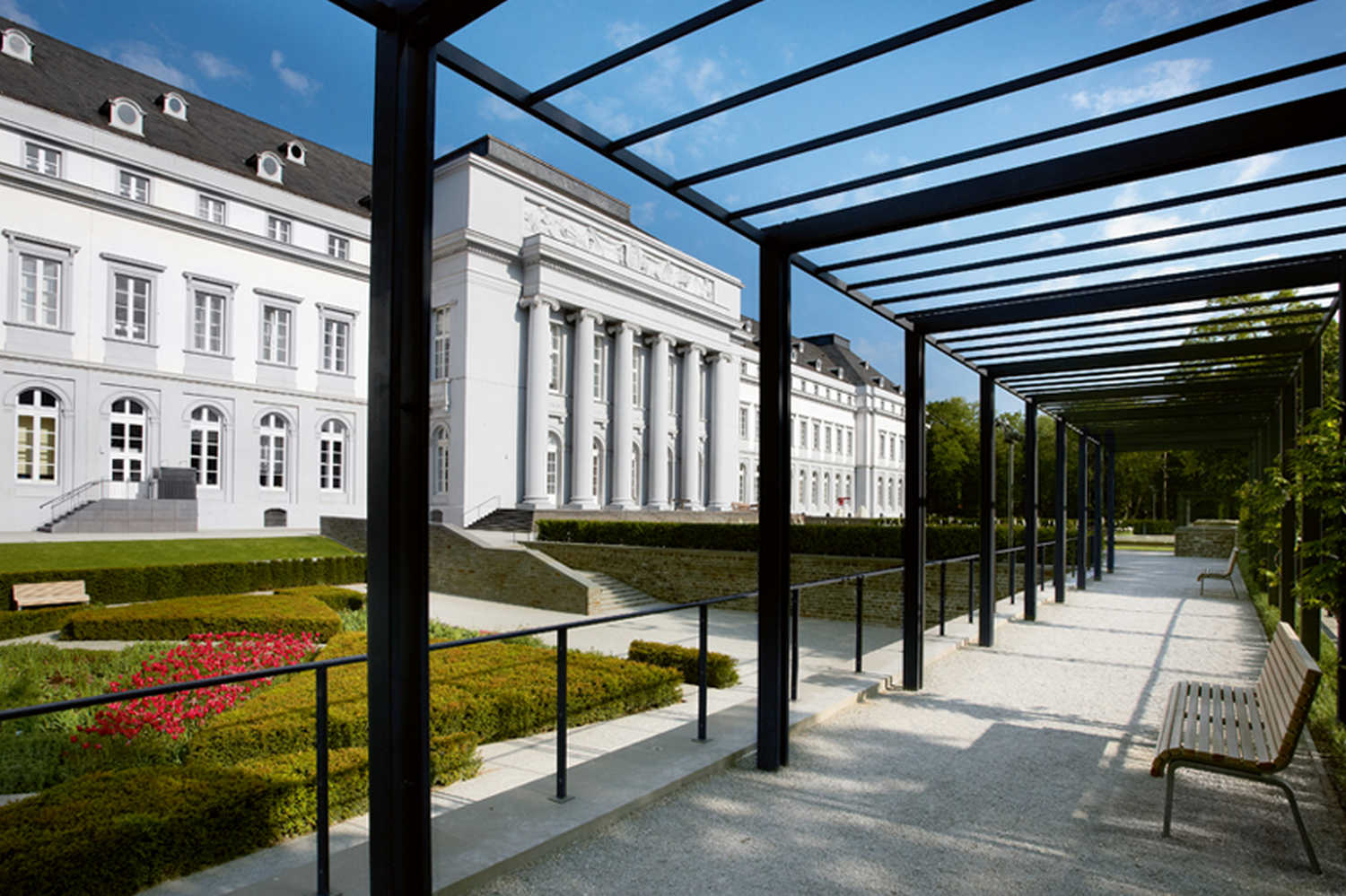Koblenz, a picturesque city situated at the confluence of the Rhine and Mosel rivers in southwestern Germany, is renowned for its rich history and stunning architecture. The Electoral Palace (Kurfürstliches Schloss) is a true gem among its many attractions. This magnificent 18th-century palace, once the residence of the last Archbishop-Elector of Trier, Clemens Wenceslaus of Saxony, is a must-see for anyone visiting Koblenz.With its impressive facade, ornate interiors, and beautiful gardens, the Electoral Palace promises to captivate visitors of all ages. Join us as we delve into this architectural masterpiece's fascinating history and beauty.
Highlights
- Neoclassical architecture and stunning Rhine River views
- Guided tours of the palace's opulent interior
- Beautiful gardens and nearby historical attractions
Contents
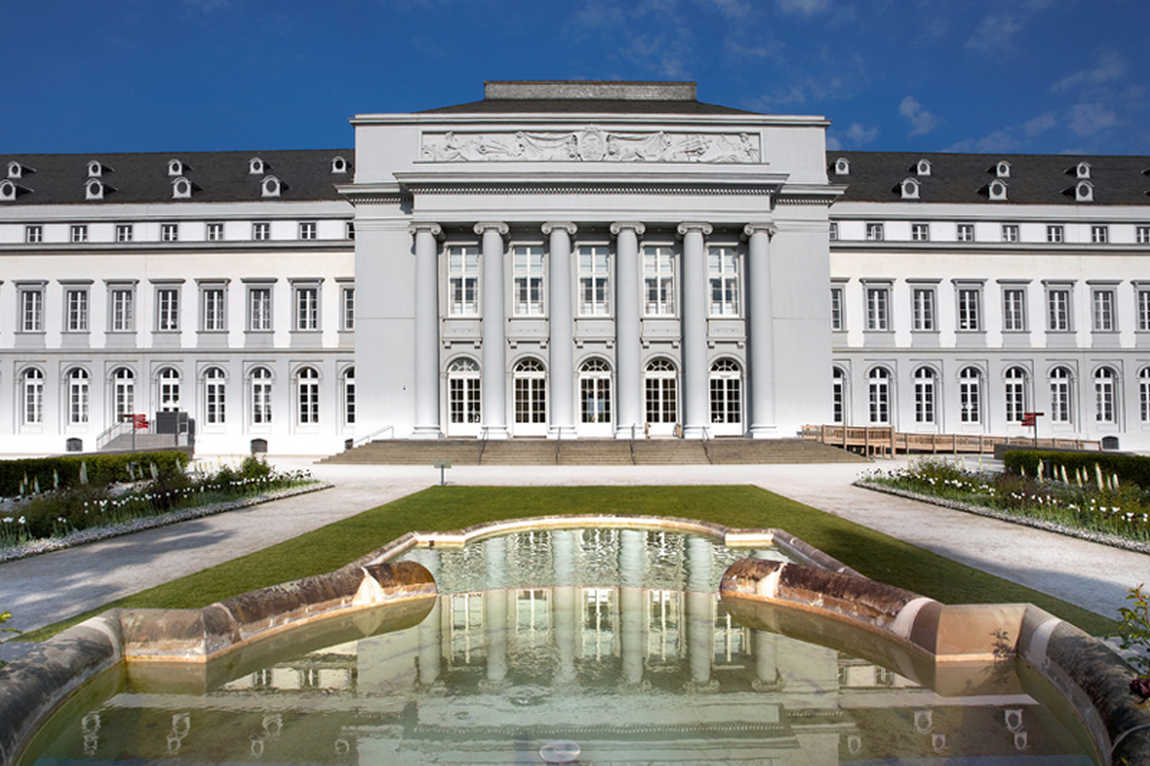 https://www.koblenz-kongress.de/kurfuerstliches-schloss.html
https://www.koblenz-kongress.de/kurfuerstliches-schloss.html
Here is Why Your Kids Will Find it Interesting
The Electoral Palace is worth visiting with kids aged 7 and up who are interested in history and architecture or exploring grand buildings. The palace's impressive size, ornate rooms, and beautiful gardens will capture their imagination and provide a glimpse into the lives of royalty and nobility. Children will enjoy learning about the palace's past residents, such as Emperor Wilhelm I, and discovering fascinating facts about the building's history. The surrounding gardens and nearby attractions, like the Basilica of St. Castor, offer additional opportunities for exploration and learning.
Family-friendly features
- Engaging guided tours suitable for children
- Spacious gardens for exploring and picnicking
- Nearby family-friendly attractions and activities
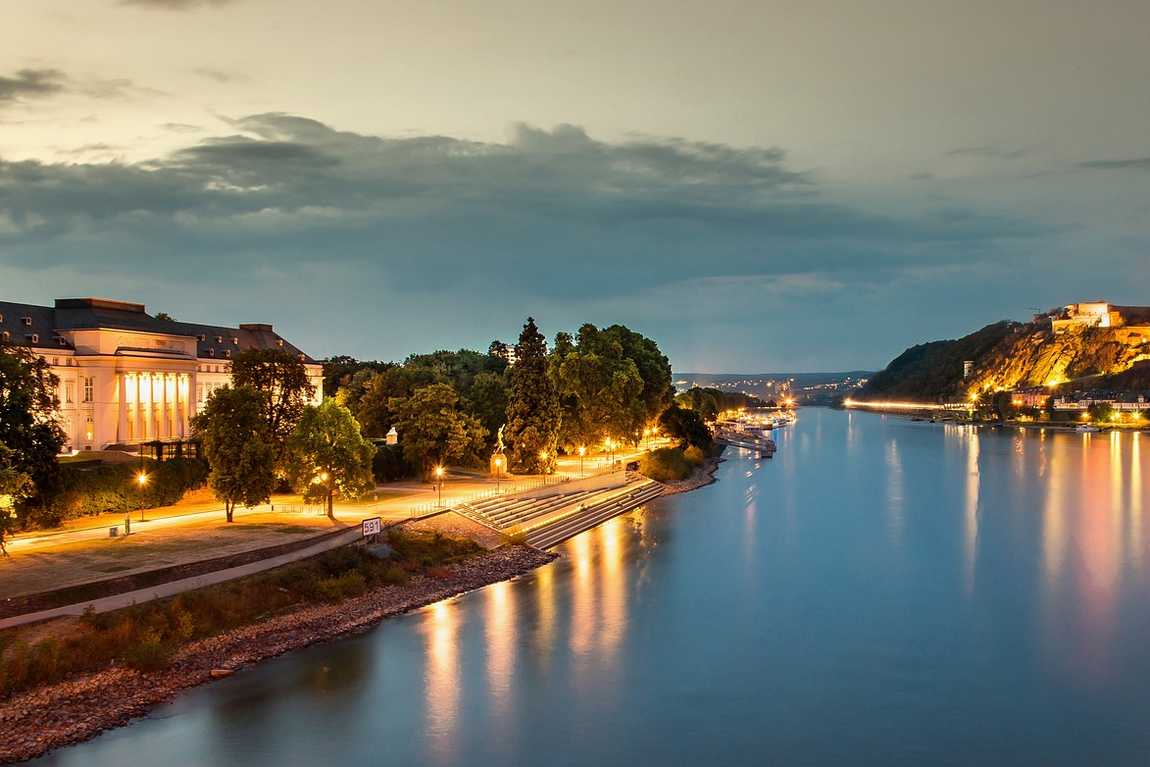 https://pixabay.com/images/search/koblenz/?pagi=2
https://pixabay.com/images/search/koblenz/?pagi=2
History of the Electoral Palace
The Electoral Palace in Koblenz has a rich and fascinating history spanning several centuries. Construction began in 1777 under Clemens Wenceslaus of Saxony, the last Archbishop-Elector of Trier. The palace was designed to serve as his residence and was built in the French neoclassical style, which was popular then. Construction took nearly 16 years to complete, with the palace finally being finished in 1793.
Clemens Wenceslaus could enjoy his new residence for only a short time, as the French Revolution and subsequent French occupation of the Rhineland forced him to flee Koblenz in 1794. The palace then fell into the hands of the French, who used it as a military hospital and barracks. After the Congress of Vienna in 1815, the Rhineland became part of the Kingdom of Prussia.
The Electoral Palace was the residence of the Prussian kings and German emperors when they visited the region. Most notably, Emperor Wilhelm I lived in the palace with his wife Augusta from 1850 to 1858 while serving as military governor of the Rhine Province and the Province of Westphalia.
During this time, the palace underwent several renovations and expansions to accommodate the royal family's and entourage's needs. The gardens surrounding the palace were also redesigned in the English landscape style, which was fashionable then.
In the early 20th century, the palace ceased to be used as a royal residence and was converted into government offices and law courts. It served in this capacity until the outbreak of World War II. Sadly, the palace was heavily damaged during a bombing raid in 1944, with much of the interior destroyed by fire.
After the war, the palace was rebuilt and restored to its former glory, with the exterior being faithfully reconstructed to match its original appearance. The interior, however, was modernized and adapted to serve as office space for various federal agencies.
Today, the Electoral Palace is a testament to the rich history of Koblenz and the Rhineland region. Its beautiful neoclassical architecture and stunning location on the banks of the Rhine River make it a popular tourist attraction and a symbol of the city's cultural heritage. Visitors can take guided tours of the palace to learn more about its fascinating past and admire its elegant interiors and artwork.
1.1 km from the palace is the Koblenz Cable Car, on which we recommend a sightseeing trip for the whole family.
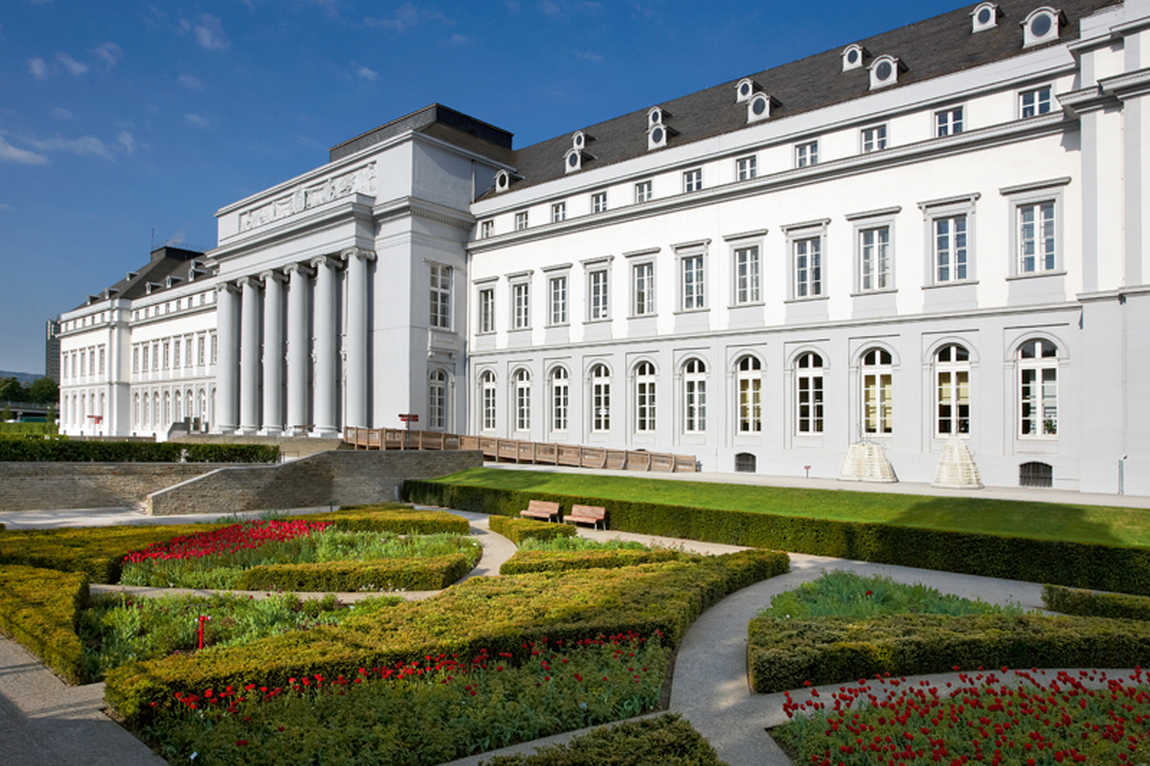 https://www.koblenz-kongress.de/kurfuerstliches-schloss.html
https://www.koblenz-kongress.de/kurfuerstliches-schloss.html
Architecture and Style
The Electoral Palace is a stunning example of French neoclassical architecture. Its impressive facade, facing the Rhine River, features a central pavilion with a triangular pediment and a large clock. The palace's interior is equally impressive, with ornate rooms and halls decorated in the styles of the 18th and 19th centuries. Notable features include the grand staircase, the Elector's apartments, and the Gobelin tapestries.
Visiting the Electoral Palace Today
Today, the Electoral Palace is part of the Upper Middle Rhine Valley UNESCO World Heritage Site. Visitors can explore the palace through guided tours, which provide insight into its history and architecture. The palace also hosts cultural events and exhibitions throughout the year. The surrounding gardens, designed by Peter Joseph Lenné, offer a pleasant space for a stroll and beautiful views of the Rhine River. Nearby attractions, such as the Basilica of St. Castor and the Deutschherrenhaus, home to the Ludwig Museum, provide additional points of interest for visitors.
Best Time to Visit
The best time to visit the Electoral Palace with children is during the summer (June to August) when the weather is pleasant and the gardens fully bloom. Weekday mornings are less crowded, allowing for a more relaxed visit.
Recommended Duration: Plan to spend at least 2 hours exploring the palace and its surroundings.
Our Resume
The Electoral Palace in Koblenz is a fascinating and beautiful destination that offers a glimpse into the city's rich history and architectural heritage. With its impressive neoclassical design, ornate interiors, and stunning Rhine River views, the palace will captivate visitors of all ages. Whether you're interested in exploring the palace's past, admiring its architecture, or simply enjoying a stroll through its gardens, the Electoral Palace is a must-see attraction in Koblenz.


